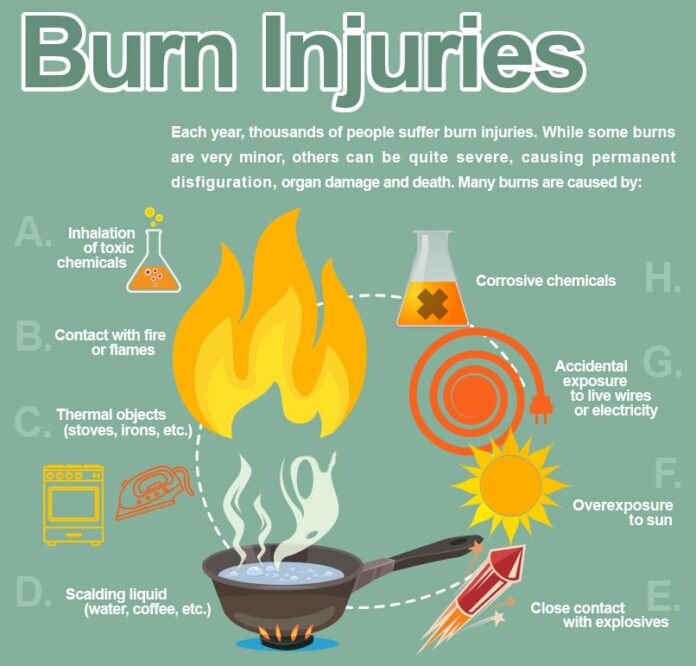A first-time mother came with concerns regarding her ability to breastfeed her child as she had sustained burn injuries to her chest when she was 5-years-old.
A young nulliparous woman presented at 36 weeks of gestation with a concern regarding her ability to breastfeed. The patient revealed a childhood history of flame burn to her chest, abdomen, and upper limb when she was 5 years old. Thereafter, she was admitted to the Burns department for around 4 months. لعب روليت مجاني
She underwent skin grafting in 3 stages to cover her whole chest and abdomen. bwin شركة The patient had recovered and tolerated the surgeries. Despite the burn injuries, she noticed pubertal breasts development. Moreover, the breasts had developed during the current pregnancy too. However, she had concerns regarding breastfeeding her soon-to-be-born child as the burn injuries had involved the chest.
Physical examination revealed a pregnant uterus which corresponded to the date. The skin over her chest and abdomen was tight with areas of hyperpigmentation and hypopigmentation due to scarring from the skin graft. Breast examination revealed normal breasts swelling and breast tissues palpable over her chest; however, the areola and nipple were absent bilaterally. Sensory examination of the skin graft was normal.

During her visit, her doctor counselled her that she might not be able to breastfeed her child due to physical limitations. Moreover, the doctor also explained to her that she might need lactation suppression post-birth. They also discussed alternative methods of feeding the neonate.
The patient delivered her baby at 36+5 weeks uneventfully via spontaneous vaginal delivery. She received oral cabergoline 1 mg on the first postpartum day to suppress lactation. العب روليت The baby received formula milk via bottle feeding as the feeding method of choice. Subsequently, she noticed her breasts reduced in size.
By the 6th post-partum day, the breasts had returned to her pre-pregnancy size. A beast ultrasound performed on the same day revealed bilaterally dilated lactiferous ducts at retro-areolar region; the findings were consistent with lactating ducts of the breasts. The normally appearing nipple-shadow was absent. However, the tightly packed ducts seen parallel to the ultrasound beam were suggestive of major ducts to the possible location of the nipple.

A consult with a plastic surgeon concluded that surgery may enable the patient to breastfeed her future children. However, the patient refused to have any surgeries as she was aware of the risks and complications associated with the surgery.
The patient had accepted her physical limitation and had made peace with the fact that she won’t be able to breastfeed her child. However, she had scheduled home visits for monitoring any signs of depression. She had a supportive husband and family. There was no evidence of post-partum blues/depression.
The baby was doing well with infant formula feeding. Moreover, there was no delay in the growth and development of the baby.
Reference:
Arabi, Z., Md Monoto, E.M. & Bojeng, A. Impact of childhood burn injuries on breastfeeding: a case report. Int Breastfeed J 14, 17 (2019). https://doi.org/10.1186/s13006-019-0210-4




